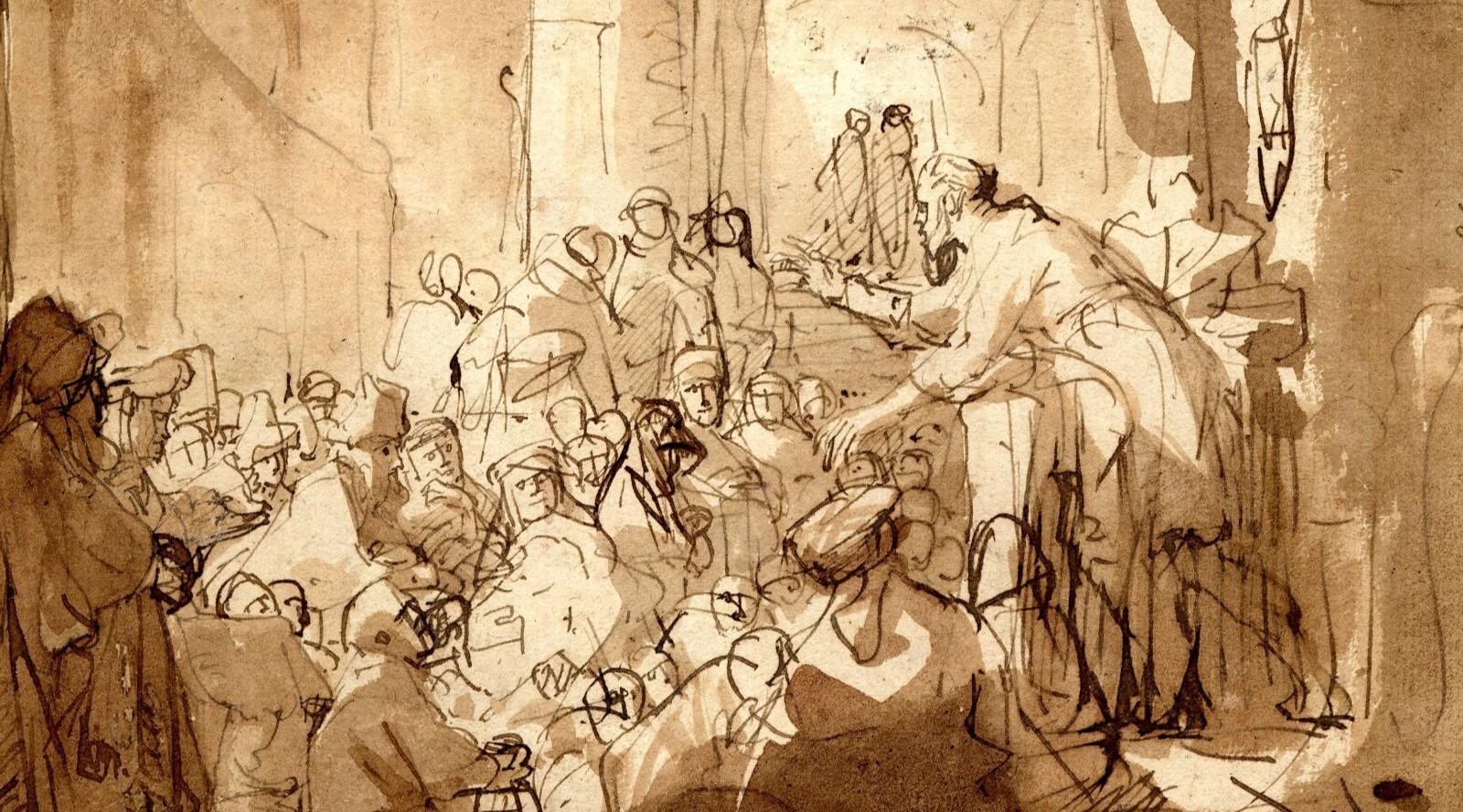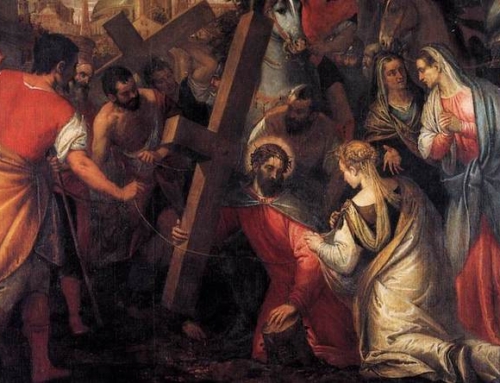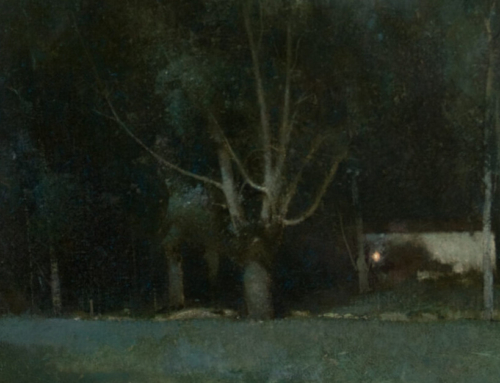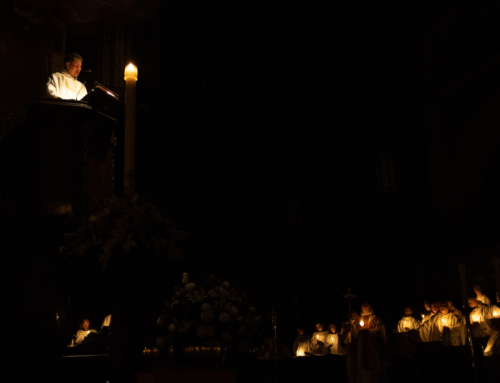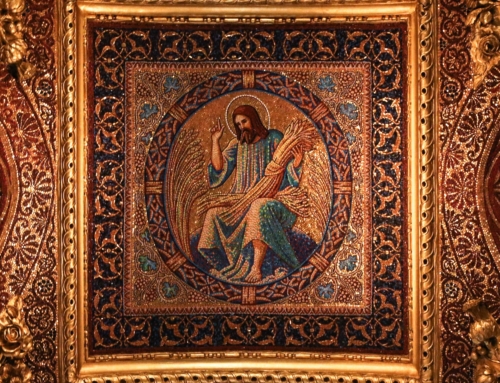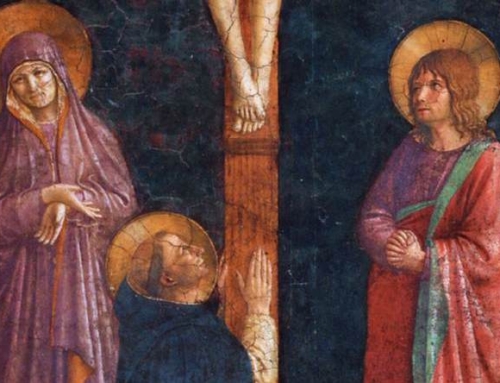2024 Summer Reading Recommendations
A Saint in Hyde Park: Memories of Father Vincent McNabb, O.P. by E. A. Siderman
On the wall of my cell hangs a black and white photo of an old Dominican friar. The hood of his coarse woolen habit covers his large, bald pate, and wire spectacles frame his kind, wrinkly eyes as he grins crookedly at the camera. His face is thin and worn, but his smile is inviting and compassionate. This friar on my wall is Father Vincent McNabb, a priest of the English Province from 1885 until his death in 1943, 81 years ago yesterday. Father Vincent is not a canonized saint nor is there any serious movement that I know of for his canonization, but his life continues to inspire those who want to live a deeply integrated Catholic life.
Father Vincent was a brilliant and passionate preacher known around the city of London for his open-air sermons at the Speaker’s Corner in Hyde Park. During these sermons Fr. Vincent would often debate with Protestant and atheist hecklers, combating them with his wit and charm. One such heckler, E. A. Siderman, grew to respect and even admire Fr. Vincent over the 25 years they verbally sparred in the Speakers’ Corner of Hyde Park, across from the Marble Arch. After Fr. Vincent’s death, Siderman collected his memories of Fr. Vincent into a short book titled A Saint in Hyde Park.
Siderman’s memoir is not programmatic or organized in any discernible pattern. There are no chapter breaks and it can be difficult to figure out at what point in time certain recollections are taking place or even whose recollections they are. Instead, Siderman’s collage of memories paints a vivid portrait of Fr. Vincent as anyone might have encountered the energetic, eccentric friar on his platform or on any street corner. Through the episodes he records, Siderman brings to life Fr. Vincent’s affability, faith, and courage—qualities that Dominicans and all Christians can admire and strive to imitate in their service to Christ. “The personality and friendliness,” Siderman writes, “made a deep and lasting impression on many who were not of his religion” (124).
But Fr. Vincent was no pollyanna preacher. His personability was backed by a razor-sharp intellect, and he always strove to lead his interlocutors to the truth of Catholic dogma. Trained in moral theology, Fr. Vincent was a devout disciple of Saint Thomas Aquinas. “One cannot just read St. Thomas, one studies him,” Fr. Vincent once remarked (92). In his preaching Fr. Vincent brought St. Thomas to the people of London, and yet he always “spoke in a language the people could understand and never used a long or difficult word if he could use an easier or simpler expression” (10).
What shines through in Siderman’s work is Fr. Vincent’s love for the people of London, particularly the poor. Walking the streets of the city, Fr. Vincent saw the injustices the people suffered through the promotion of divorce, contraception, and unfettered industrialization. Fr. Vincent possessed Christ’s special love for the poor and so spent his energy evangelizing, catechizing, and leading them to the remedy of the Gospel. He did this always with a joy that Siderman captures expertly—the joy of a man filled with the Holy Spirit.
On the picture in my cell I have stuck a Post-it note with a quote from Fr. Vincent: “The world is waiting for those who love it; if you don’t love the world, don’t preach to it.” Fr. Vincent loved the world because he loved Christ, and Siderman’s portrait of Fr. Vincent makes this clear. Frank Sheed wrote in the introduction to Mr. Siderman’s book, “This book could not have been written unless, in that long-drawn battle of minds, the heckler had grown to love the friar. I know that the friar had grown to love the heckler” (6). All those who read A Saint in Hyde Park will come to know and love this odd, wrinkly friar as I have, and will be inspired to follow in Fr. Vincent’s footsteps along the path to heaven.
✠
Image: Gerbrand van den Eeckhout, St. Paul Preaching at Athens

